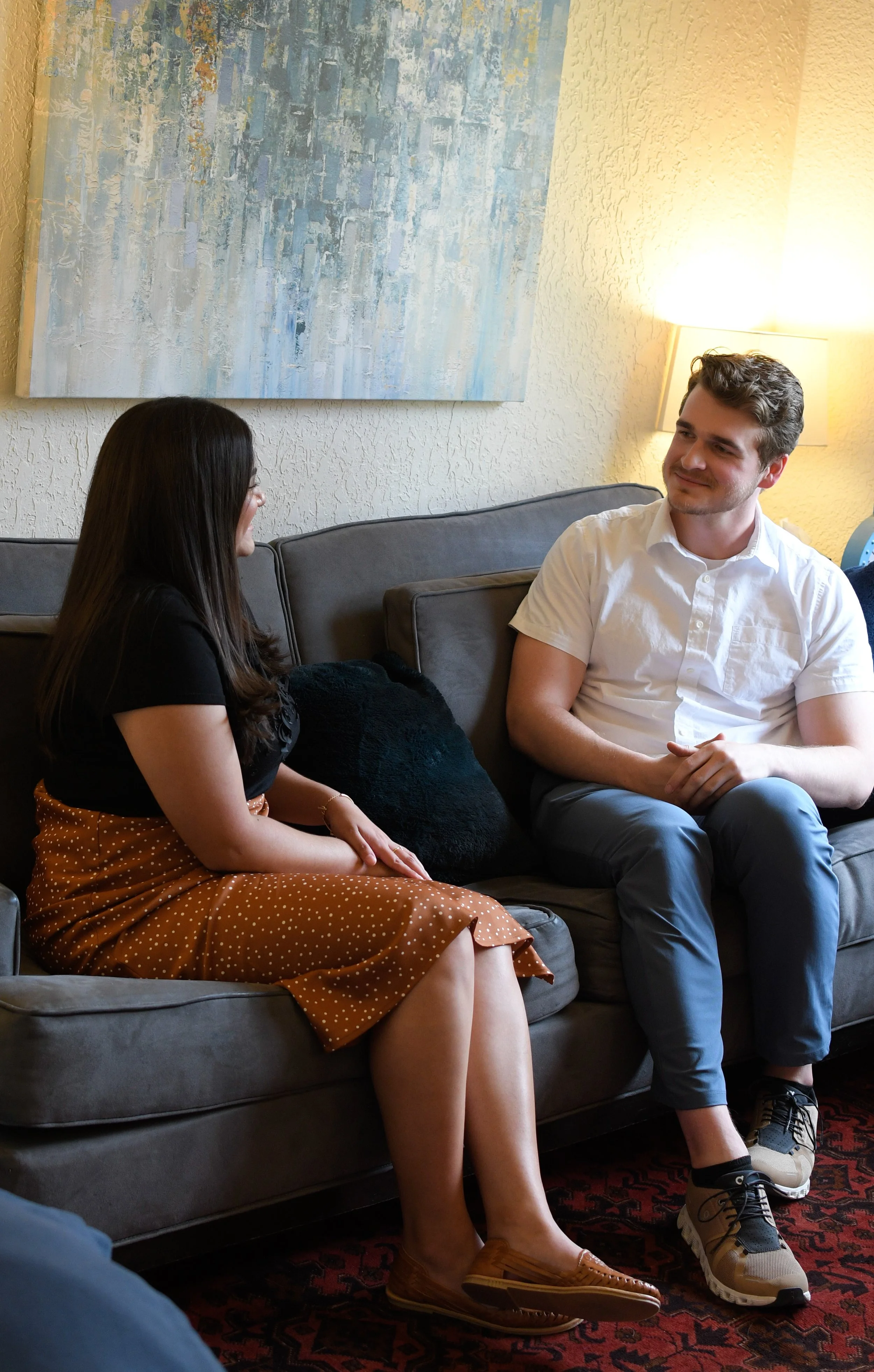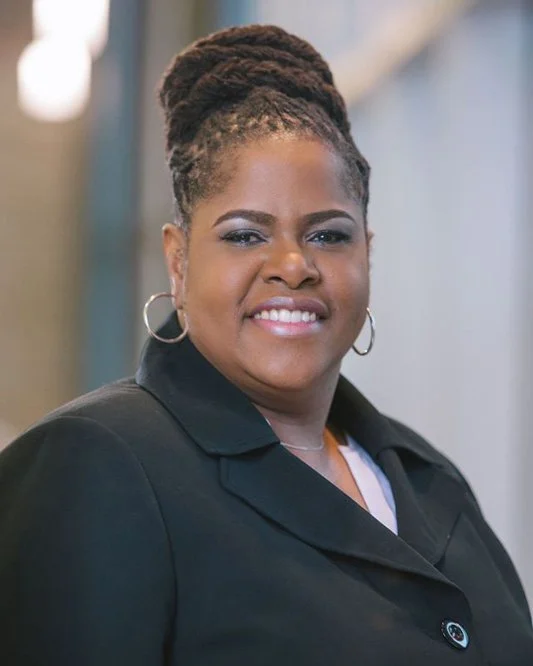Starting Therapy
Harm Reduction Resources
Everything might feel different currently due to the pandemic we are all living in. Our normal experiences may be heightened or possibly feel dull compared to what they used to be. Relationships might feel more difficult or certain ones could be hindered. Anxiety could be peaking and depression might be reappearing or appearing for the first time for some. Some of us might be not feeling anything at all. All of these could be good reasons to seek out therapy during this time. Through this article I hope to give you an idea of what therapy can look like and what to expect early on. I will go over Telehealth, the beginning phases of therapy and how long it could last.
Telehealth?
Currently most therapists and counselors here in Boulder are practicing therapy and counseling through Telehealth. Telehealth is therapy through some confidential online video or phone service. Here at Whole Connection we use Zoom Health Care and Simple Practice Tele-Health. We use both platforms, as sometimes one works better, depending on where the client is and what computer they might be using. This allows us to give better access to everyone.
There are some obvious differences between being in person with a therapist and using a video or phone to talk with them. The in-person effect allows you share more about your self through your body movements and emotions where in video or phone this might be more difficult. This can cause some level of disconnection. When we are in front of our computer or on our phone it is much easier for us to find other distractions and obstacles towards making connection and keeping our attention. Each of our therapists will talk about these difficulties early on and how to work through them so that therapy can still be successful. It should be noted for some, Telehealth feels safer and less anxiety provoking as there is some disconnection.
How does Therapy start?
Understanding what therapy is like before you go into it can be important. It can allow you to be more at ease and have an idea of what to expect so you don’t feel as overwhelmed or anxious by the idea of meeting with someone. I will always talk with a potential new client on the phone ahead of meeting with them. In this conversation I ask to learn a bit about why the person is seeking therapy and share how I think I might be able to help. I give space for the potential client to ask questions about me, my process, and how I work. I will then share about what the first few sessions might looks like.
For most therapists the first few sessions are centered around getting to know the client, which can be thought of as the intake portion. This is the time the therapist will usually ask questions to learn about your background, life, and history. This information is important in order to build a foundation that will help me understand you, and support you in the future to work towards your goal. I will use the first session as a time to try and establish some connection and give more space for you, as a potential client, to talk before going into the intake portion. I believe it is important to make that initial connection before the intake is started.
Once the intake is completed, we will usually create some specific goals. These goals are thought of as a guide to what you might want to accomplish from therapy. Having an idea helps you and the therapist start the process. This can be very general from “I want better relationships,” to “I want to reduce my anxiety around flying.” Usually these goals will be accompanied by some kind of objectives of how you might accomplish them. Depending on the type of therapy and therapist, this can look very different. To start with us fill out this short form.
When does therapy end?
Therapy and counseling do not have to be a forever process, although we may be in therapy for a long time to gain insights into our lives and work on patterns in relationships. You can come in for a specific time frame, which you can define in the initial goal setting. This can help trying to achieve what you need and can always be revisited.
I hope this short article helps you know what to expect from therapy. I attached below a short video of what the beginning of therapy looks like with me. This more personalized example might give you a better idea of what to expect.
Read More





















